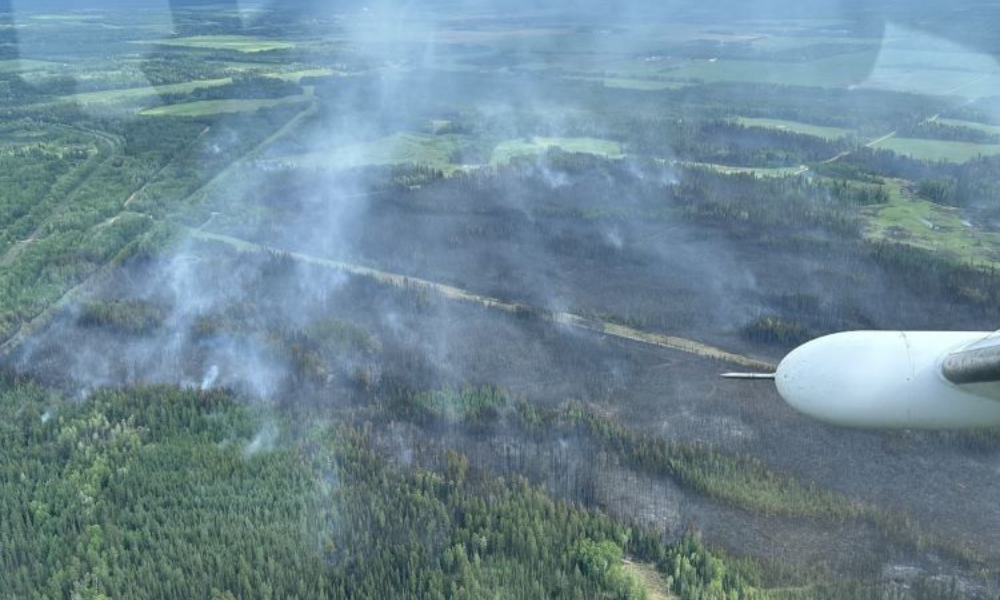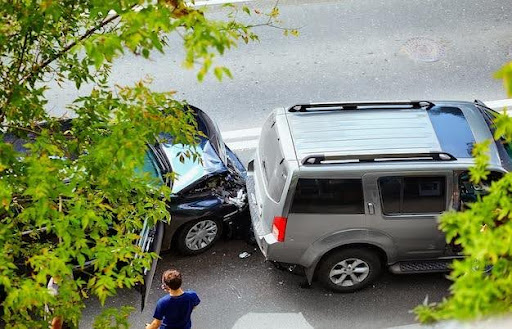A car accident can be a stressful and disorienting experience, especially in a bustling city like Brisbane. Knowing the immediate legal steps to take after an accident is crucial for protecting your rights and ensuring your safety. For detailed case wise guidance, you can visit https://attwoodmarshall.com.au/brisbane/motor-vehicle-accidents/. Whether you’re a local or a visitor, understanding your obligations and the actions required post-accident can make a significant difference in stress levels and outcomes.
Firstly, it’s essential to stop immediately and assist anyone who may be injured. Queensland laws require you to provide your name, address, and vehicle registration details to any other involved parties and police. Documenting the scene thoroughly with photos or videos can serve as valuable evidence later. Seeking legal advice at this stage can clarify your next steps and help navigate potential legal challenges.
Managing insurance claims and potential compensation can be daunting, but swift action is necessary. Notify your insurance company about the accident and provide them with all gathered information. If you face legal disputes or need to resolve compensation issues, consider seeking legal representation. Handling the legal procedures efficiently ensures a smoother path toward resolution and recovery.
Key Takeaways
- Always stop and exchange details with other involved parties.
- Document the scene and seek immediate legal advice.
- Notify your insurance and consider legal representation for disputes.
When involved in a car accident, taking the right steps immediately ensures safety and helps protect legal rights. This guide outlines critical actions to take without delay.
Assessing Safety and Health Concerns
First and foremost, check yourself and passengers for injuries. If anyone requires medical attention, call emergency services immediately. Even if injuries seem minor, it is advisable to seek medical attention, as some symptoms may not appear immediately.
If someone has a serious injury, do not move them unless there’s immediate danger. Turn on hazard lights to alert other drivers. Staying calm and collected helps make better decisions in stressful situations.
Securing the Accident Scene
Move vehicles to a safe location, if possible, to avoid further accidents. If moving the car isn’t feasible, leave it where it is and ensure the hazard lights are on. Placing warning triangles or flares around the accident scene can provide extra safety.
It’s crucial to stay at the scene and ensure it is well-marked to prevent additional hazards. Keeping the area secure helps protect all parties involved and facilitates the investigation process.
Contacting Emergency Services
Call the police regardless of the severity of the accident. Having an official report can be crucial later on. If anyone is injured, also call for an ambulance. Providing clear and accurate details to the dispatcher ensures that help arrives swiftly.
When speaking with authorities, be honest and detailed about the incident. This report will be essential for insurance claims and any potential legal actions.
Collecting Vital Information
Exchange contact information, including name, address, and registration number with the other driver(s). Additionally, gather names and contact details of any passengers and witnesses present.
Take photos and videos of the accident scene, vehicle damage, and any visible injuries. Documenting the scene accurately aids in supporting your claim with insurance companies. Keeping a detailed record of every piece of information collected is advisable for future reference.
Legal Considerations Post-Accident
After a car accident in Brisbane, there are several legal steps to consider. Reporting the accident to the police, understanding fault and liability, and adhering to legal timeframes are all crucial.
Reporting to the Police
In Queensland, it’s essential to report certain car accidents to the police, especially if injuries are involved or significant property damage occurred. Failure to report may result in penalties.
Providing accurate information is vital. Witness statements can support your claim, so gather contact details from any bystanders. The police will generate an official accident report—a crucial document for insurance claims and legal processes.
Understanding Fault and Liability
Fault determines who is responsible for the accident, impacting liability and insurance claims. In Queensland, fault can be shared between parties. Establishing fault requires evidence such as photos of the scene, witness testimonies, and sometimes expert analysis.
Insurance companies and lawyers play significant roles in this process. Engaging with a lawyer can help navigate complex fault and liability issues, ensuring your rights are protected.
Legal Timeframes and Procedures
Time limits are strict. For instance, you must notify the insurance company as soon as possible after the accident. In Queensland, certain claims must be lodged within specific periods, often within days or weeks.
Adhering to these timelines is crucial to avoid losing the right to claim. Consulting with a lawyer can provide clarity on these legal timeframes and help ensure you meet all necessary deadlines.
Managing Insurance and Compensation
Properly managing insurance claims and securing compensation for damages after a car accident in Brisbane is crucial. This involves navigating the insurance claim process, securing rightful compensation, and addressing property damage and personal injuries.
Navigating Insurance Claims
Initiating an insurance claim promptly can have a significant impact on the outcome. Contact your insurance provider immediately to report the accident and furnish all necessary details.
Filling out the claim form accurately is essential. Include comprehensive information about the accident, including the driver’s information, descriptions, and evidence such as photos and videos.
It’s important to be aware of policy specifics, including excess amounts that may apply, and ensure all documents are kept safe for reference.
Cooperating with the insurer’s requests for additional information or inspections aids in streamlining the claim process. Ensuring transparency and accuracy can help avoid unnecessary delays or disputes.
Securing Compensation for Damages
Securing compensation for losses is a key aspect when another party is at fault. This encompasses property damage, medical expenses, lost wages, and any pain and suffering incurred.
If the at-fault driver is insured, file the claim with their CTP insurer. Provide estimates for repairs or replacement, medical bills, and proof of income loss if applicable.
In cases of personal injury, it’s advisable to seek legal advice, as injury compensation may cover medical treatments, rehabilitation costs, and long-term impacts.
Negotiating with the at-fault driver’s insurer may be necessary to reach a fair settlement. Always document communication and agreements in writing to maintain clear records.
Dealing with Property Damage and Injuries
Addressing property damage involves obtaining repair estimates or valuations for your vehicle from reputable repairers. Submit these valuations to the insurer for consideration.
For injuries, keep detailed records of all medical expenses and treatments. Rehabilitation costs should also be tracked meticulously to ensure full reimbursement.
If the other driver lacks insurance, a letter of demand may be required. This should outline the costs incurred and request payment within a specific timeframe.
Understanding your legal entitlements in Brisbane helps in claiming what is rightfully owed, ensuring the repair and recovery process proceeds smoothly.
Legal Representation and Resolution
Securing proper legal representation and understanding the processes of settlement and litigation are crucial when dealing with a car accident. Navigating these steps can ensure that your rights are protected and that you achieve a fair outcome.
Seeking Professional Legal Help
After a car accident in Brisbane, contacting a lawyer can provide essential guidance. It’s advisable to engage one who specialises in personal injury or motor vehicle accidents. Many firms offer a no win no fee arrangement, reducing upfront costs and ensuring that legal costs are paid only if you win the case.
The lawyer will handle communications with the insurance company and help gather necessary evidence. They may also issue a letter of demand to the responsible party, outlining the compensation sought. Having legal representation ensures that negotiations are fair and that all legal procedures are correctly followed. Utilising services like the Australian Financial Complaints Authority can also provide avenues for addressing disputes with insurance companies.
Understanding Settlement and Litigation
Most car accident cases in Brisbane are resolved through a settlement rather than going to court. Settlement involves negotiating with the insurance company to agree on compensation. The lawyer will review the offer to ensure it covers all damages, including medical expenses, lost wages, and pain and suffering.
If a fair settlement cannot be reached, litigation may be necessary. This involves filing a lawsuit and going to court. The litigation process can be lengthy and complex, requiring thorough preparation and the presentation of evidence. The lawyer will represent your case in court, aiming to secure a favourable judgement. Understanding both the benefits and pitfalls of settlement and litigation is vital for deciding the best course of action.




